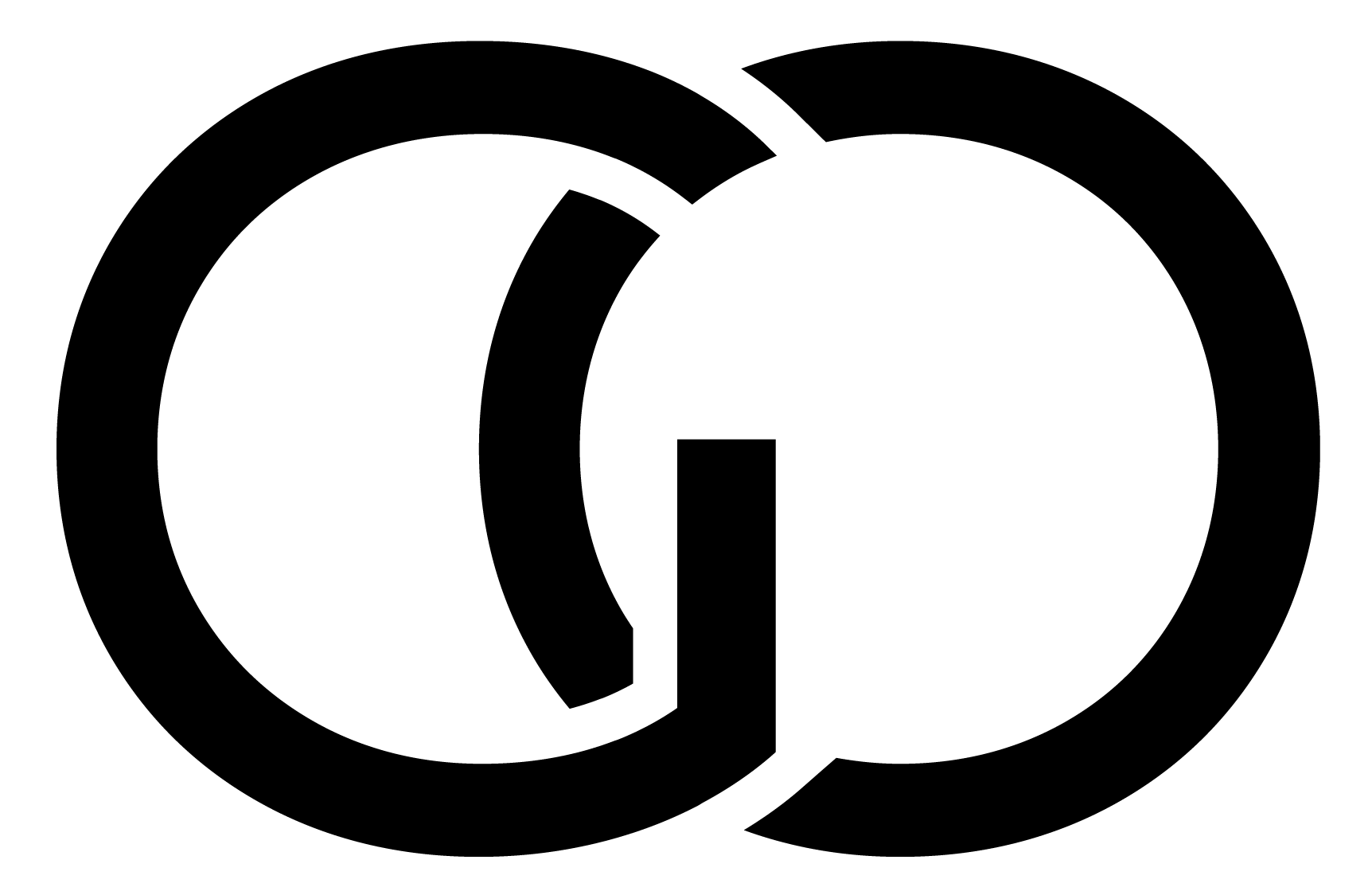Shoulder Instability
What is shoulder instability?
The shoulder joint is a shallow ball and socket joint. The ball (humeral head) sits in the socket (glenoid), which is made deeper by a rim of fibro-cartilage called the labrum. The shape of the shoulder joint allows for an excellent range of movement, but also means that there is a higher risk of instability. The shoulder is held in place by the ligaments (capsule) and muscles (rotator cuff) around the shoulder. Shoulder instability refers to a condition in which the shoulder joint dislocates (comes completely out of joint) or subluxes (comes partially out of joint). When the shoulder joint has been unstable on multiple occasions, this is called recurrent instability.
WHAT causes shoulder instability?
The most common cause of shoulder instability is a high energy impact or twisting injury to the shoulder. This often happens in collision sports such as rugby or league, or during a motor vehicle accident. The first time a shoulder joint dislocates it can be very painful, and may need to be put back into joint at a hospital or A&E clinic. After the first dislocation, the muscles and ligaments around the shoulder can become damaged and loose. Further episodes of instability may happen with relatively minor trauma, or even just reaching back behind your head. People who sustain their first shoulder dislocation before 25 years of age have a much higher chance of having ongoing episodes of instability.
In some people who have very loose ligaments and joints (commonly known as being double-jointed), the shoulder joint can dislocate without any injury during normal day-to-day activities. This is known as multi-directional instability.
HOW IS shoulder instability DIAGNOSED?
Shoulder instability can usually be diagnosed based on your symptoms and clinical examination by an appropriately trained specialist. X-rays often look normal but should be performed to make sure there are no signs of damage to the bones of the shoulder. The best way to confirm the instability diagnosis and determine the extent of the damage to the shoulder cartilage (labrum) is with an MRI scan. An MRI will also identify other problems such a rotator cuff tear, which can happen during a dislocation.
HOw is shoulder instability treated?
The treatment of shoulder instability depends on several factors including age, number of previous shoulder dislocations, and whether there is any other significant associated damage to the shoulder joint.
The first time you dislocate your shoulder this should be treated non-surgically. Treatment involves wearing a sling for up to six weeks, followed by physiotherapy to strengthen the muscles that support the shoulder. For patients who are over 30 years of age when they first sustain a dislocation, it is quite unlikely to ever happen again. The exception to this is when the dislocation causes a rotator cuff tear. Rotator cuff tears are more common in patients over 40 who dislocate their shoulder; these should be treated with early surgical repair.
Patients who suffer from recurrent instability (more than two episodes of shoulder dislocation) may be a candidate for surgical repair. This is particularly true for people who wish to continue playing contact sport or performing overhead activities. For those wishing to avoid surgery, it is often possible to modify your activities to avoid body positions that can cause a dislocation. Shoulder dislocations mainly occur when reaching back behind your head.
Patients who have multi-directional instability (the shoulder can dislocate in many different directions) cannot be helped with surgery. A dedicated physiotherapy programme to strengthen the muscles around the shoulder is the best option for these patients.
Click this link for more information on shoulder stabilisation surgery.

